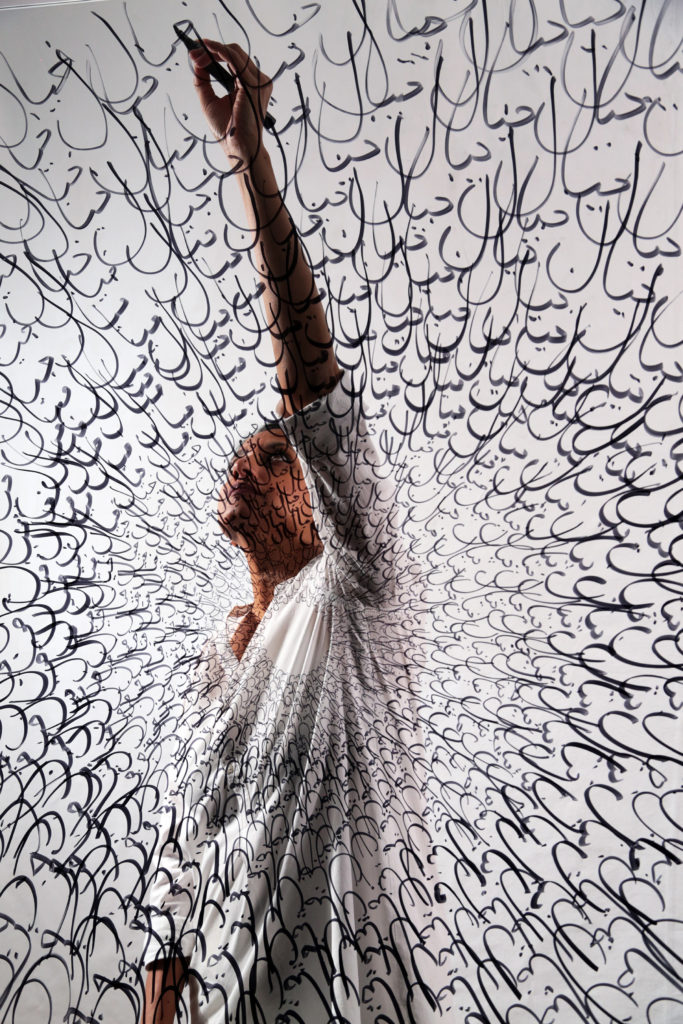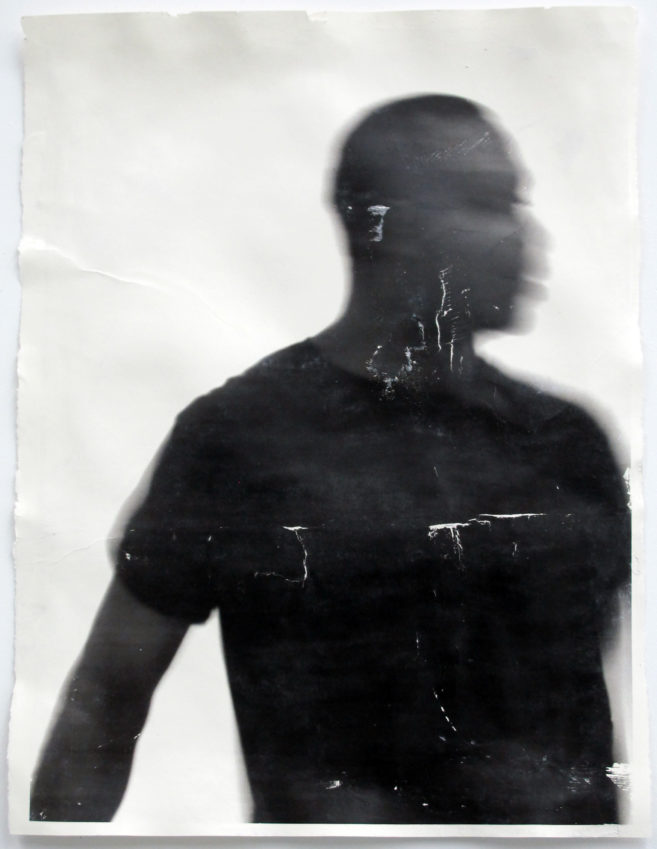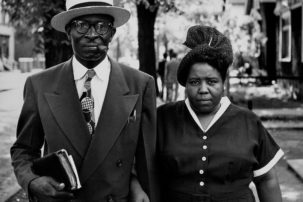TD Bank has been collecting museum-quality art—paintings, drawings, prints, photography, sculpture and new media by living artists—for more than 50 years. The roots of our corporate art collection lie in abstraction, and with iconic artists such as Jean Paul Riopelle, Emily Carr and the Group of Seven. But who is missing from the collection today? Who was overlooked in our beginnings and while we grew? And who are the strongest artists representing Canada into the future?
The founding of this collection was premised on art being a catalyst that sparks dialogue, that creates conversations and enriches the lives of our colleagues, clients and customers. Today, this remains our guiding activation. By engaging the legacy of curators in this role before me, and by exploring conversations currently happening in our communities, we are focusing on work that broadens each observer’s cultural view and experiences—work that inspires thinking, connects communities and enables us all to see more of the world around.
Jin-Me Yoon’s Souvenirs of the Self (Lake Louise), from 1991, was acquired in 2017 and, until recently, was displayed in one of TD Bank’s work areas. When the piece was relocated, the department’s employees were disappointed, and vocally so, as many of them had identified with it. The fact that this art elevated their experience was moving to us, and it drives us to continue to seek out art that inspires that kind of relationship.
Success, for us as a collection, also means community engagement; we strive to create accessible art experiences. Tazeen Qayyum’s 2018 video Khayaal was on view for several months last year, day and night, on a large-scale video wall we have at Queen and Bay Streets in Toronto. Making her work on care and attentiveness more visible is meaningful. There is an emphasis for us, definitely, on marginalized artists, diaspora issues and gender issues, all within a modern heritage context. We now aim to build a collection that truly mirrors Canada.
A large part of being in the art world is learning, listening and looking. When you confront a work that speaks to you, compels you and moves you, that is something that needs to be acknowledged. Or better yet, dialogued with, and conversed about. Living with art is only part of a collector’s commitment.
Artists are always a barometer of change, and for contemporary art to have relevance, I feel that as an active collection we need to be flexible and always taking risks—albeit well-calculated ones. How can we collaborate to ensure that we are building an inclusive future? How can we question established hierarchies in order to model new collaborations, generate new dialogue and encourage positive change? Artists, curators, collectors, dealers and institutions—we are all in this together, and from that comes our strength to amplify voices and champion an inclusive present and future.

 Tazeen Qayyum, Amal (act)-III : Khayaal (care) (documentation), 2018.
Commissioned by TD Bank Corporate Art Collection.
Tazeen Qayyum, Amal (act)-III : Khayaal (care) (documentation), 2018.
Commissioned by TD Bank Corporate Art Collection.





